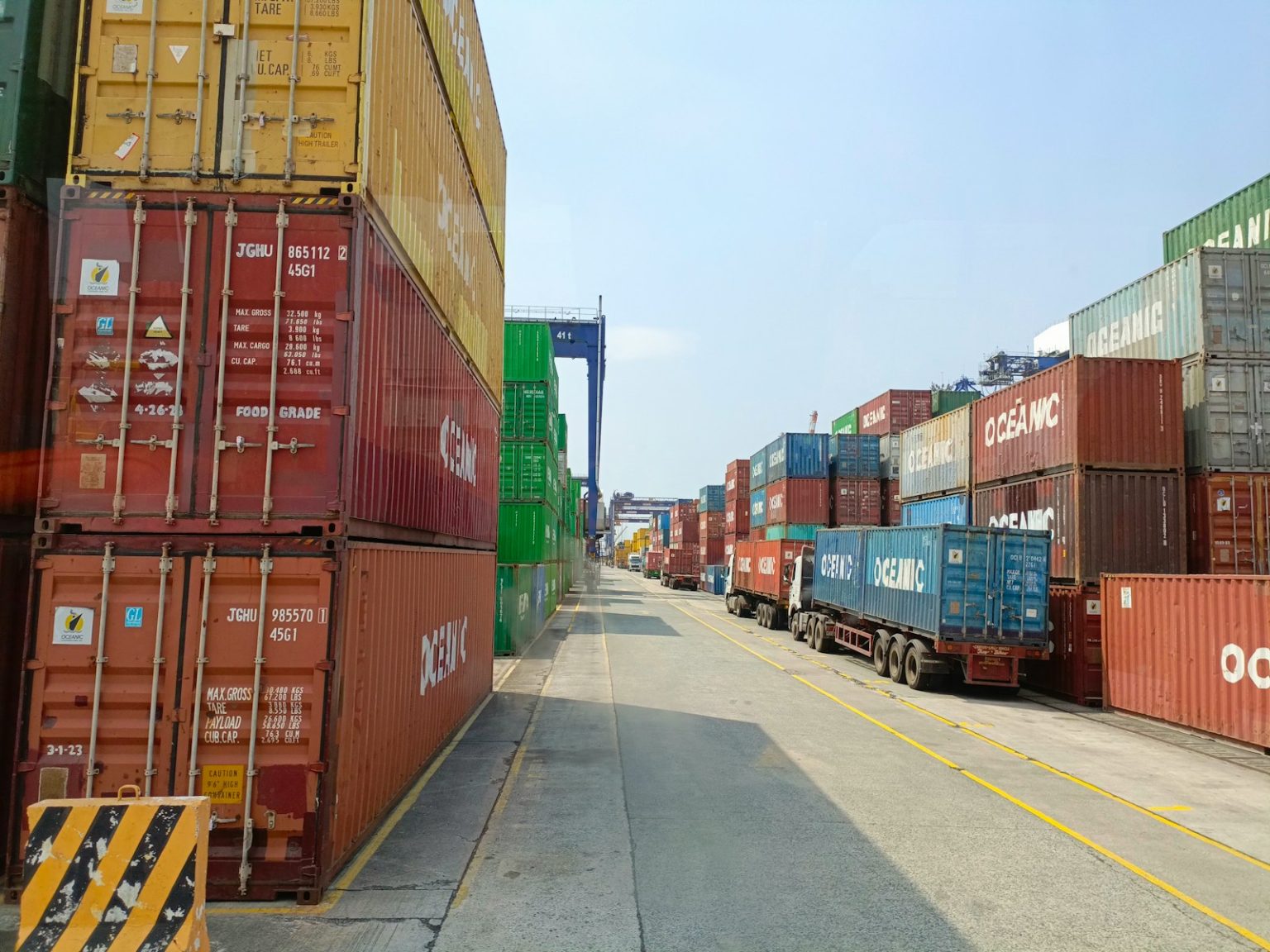Impact on Agricultural Inputs
Urea represents one of the most widely used nitrogen fertilizers in American agriculture. Farmers apply it to corn, wheat, cotton, and other staple crops to boost yields and maintain productivity. Russia ranks among the world’s largest producers and exporters of urea and other nitrogen-based fertilizers.
If implemented, the 100 percent tariff would effectively double the cost of Russian urea imports entering the American market. This price increase would likely be passed directly to farmers who are already facing rising production costs across multiple categories.
Agricultural economists note that fertilizer typically constitutes 15-20 percent of a corn farmer’s total production expenses. Any significant increase in these costs could erode profit margins for producers, particularly smaller operations with limited financial reserves.
Market Implications
The fertilizer market has experienced substantial volatility in recent years due to several factors:
- Supply chain disruptions stemming from the COVID-19 pandemic
- Energy price fluctuations affecting production costs
- Previous trade restrictions on fertilizer imports
- Weather events impacting global production facilities
Industry analysts suggest that doubling the cost of Russian urea through tariffs could trigger broader price increases across the entire fertilizer market as alternative suppliers gain pricing power. This ripple effect might extend beyond just the direct impact on Russian imports.
“When you remove or restrict a major supplier from any commodity market, prices tend to rise across the board,” explained an agricultural economist familiar with fertilizer markets. “Farmers would likely face higher costs regardless of where they source their fertilizer.”
Potential Responses
Farmers and agricultural organizations have several potential responses to such a tariff. Some might seek alternative fertilizer sources from domestic producers or other international suppliers not subject to the tariffs. Others might adjust application rates or explore different crop nutrition strategies to reduce their dependence on urea.
Farm advocacy groups have expressed concern about the proposal, noting that American agriculture operates in highly competitive global markets where producers cannot easily pass increased costs to consumers.
The fertilizer industry itself might respond by increasing domestic production capacity, though building new manufacturing facilities requires significant time and capital investment. In the short term, farmers would likely bear most of the cost increase.
The proposed tariff highlights the complex interplay between foreign policy objectives and domestic economic considerations. While designed to pressure Russia economically, the measure would simultaneously create challenges for American agricultural producers who rely on affordable inputs to maintain competitiveness in global markets.
As discussions around the tariff proposal continue, agricultural stakeholders are urging policymakers to consider targeted exemptions for essential agricultural inputs or alternative approaches that would achieve foreign policy goals without disproportionately affecting American farmers.







